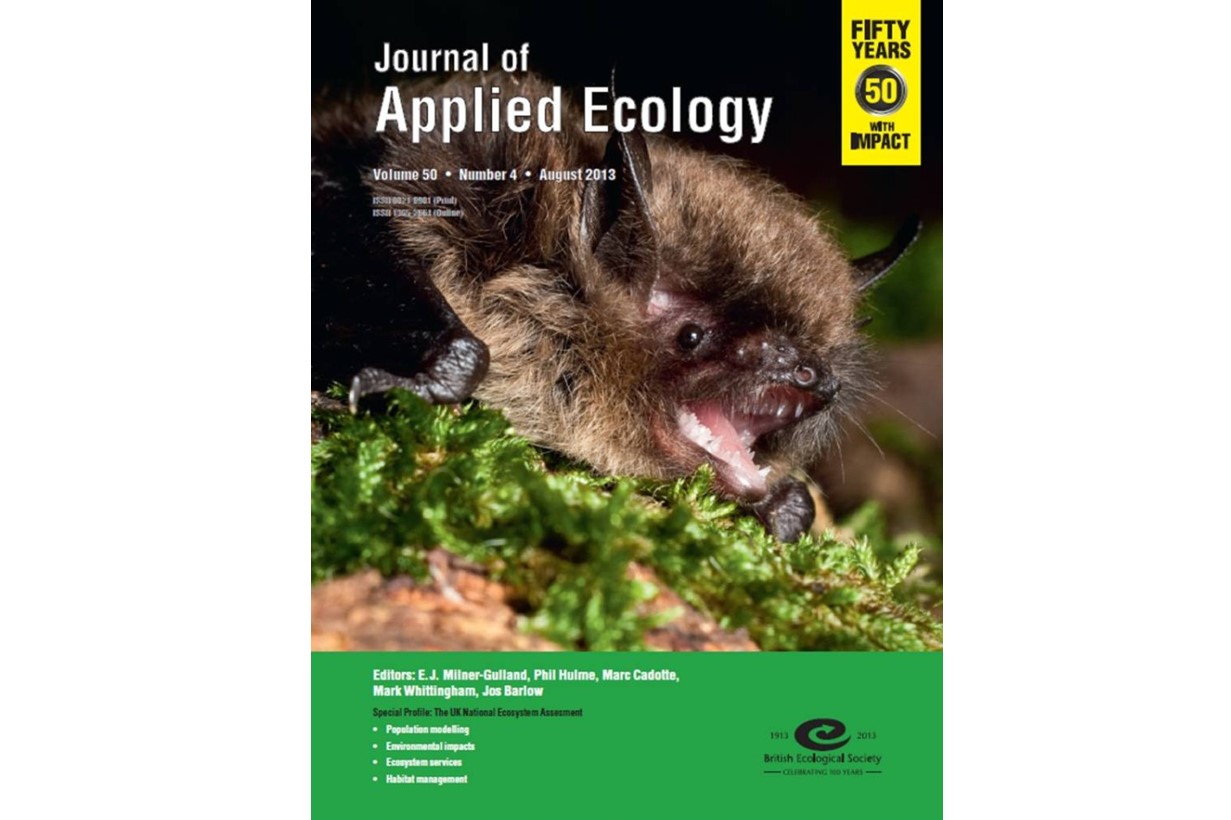Published in: Journal of Applied Ecology
Date published: December 2013
Authors: Aliénor Chauvenet (1,2), John Ewen (1), Doug Armstrong (3), and Nathalie Pettorelli (1)
1) Institute of Zoology, Zoological Society of London, Regent’s Park, London NW1 4RY, UK
2) Division of Biology, Imperial College London, Silwood Park Campus, Ascot, Berkshire SL5 7PY, UK
3) Wildlife Ecology Group, Institute of Natural Resources, Massey University, Private Bag 11222, Palmerston North, New Zealand.
Summary
1. Climate change is affecting the spatio-temporal distribution of environmental conditions, forcing species to shift their range in response. Species not capable of dispersing naturally may benefit from conservation translocations. A key aspect of translocation planning is release site selection: under the 2012 IUCN guidelines for reintroductions and other conservation translocations, selected sites are expected to match the biotic and abiotic needs of the candidate species now and in the future.
2. Here we present a methodological framework to identify optimal translocation sites under climate change. Our method is the first to explicitly combine statistical and predictive population modelling to understand the relationship between climate, climate change and population dynamics, in order to perform robust habitat suitability analyses for conservation decisionmaking.
3. We use the hihi Notiomystis cincta, a bird endemic to New Zealand, as a case study. We focus on the population of Tiritiri Matangi Island, which has been provided with ad libitum supplementary food since 1996. This offers the unique opportunity to study the direct impact of climate and future change in climatic conditions on a population free of confounding constraints.
4. Climate is found to drive hihi population dynamics, even though they are not limited by the availability of food. Thus, despite the current management of the species, climate change remains a major threat to its long-term persistence. Moreover, under predicted climate change for the country, hihi suitable habitat will shift southward: the two current largest hihi populations will face unsuitable climatic conditions in the coming decades, and habitat that was not part of the species’ historical range may become suitable.
5. Synthesis and applications. Assisted colonization is increasingly being considered as an adaptation tool for species threatened by climate change. Justifying the use of this extreme conservation action, however, requires robust evidence that it is necessary and clear guidance on where to translocate individuals of threatened populations. We show how both requirements can be met using habitat suitability modelling if knowledge of the relationship between climate, climate change and the species’ population dynamics is systematically used to guide the modelling process.
Paper available here: http://onlinelibrary.wiley.com/doi/10.1111/1365-2664.12150/abstract
